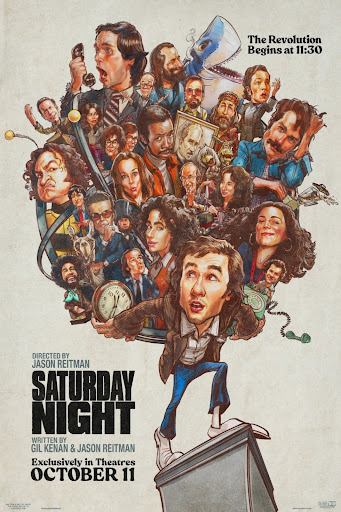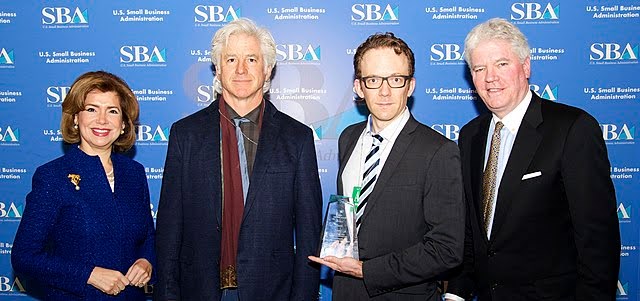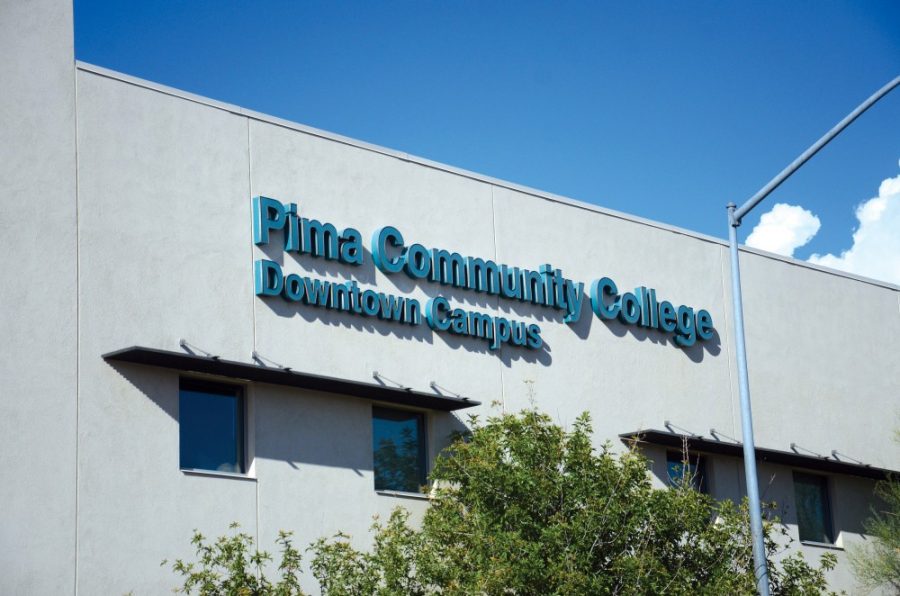Within the Arizona Athletics department, the head coaches for both the football team and the men’s basketball team, Rich Rodriguez and Sean Miller respectively, each make $2 million annually. Greg Byrne, the vice president and director of athletics, makes about $700,000 annually. This is surprisingly common at many universities and while it may seem like our coaches are overpaid, head coaches of private institutions like Duke make even more annually. What’s worth noting is that athletics departments are put on pedestals when compared to other fields and departments such as engineering, the humanities and the sciences. It’s intriguing that the leaders of our athletics department make even more annually than President Ann Weaver Hart.
These exorbitant salaries are the result of both economics and students’ willingness to go without questioning them for the sake of having winning sports teams. The economic reason behind these excessive salaries is known as scarcity value, which is just a fancy way of talking about supply and demand.
Well-qualified coaches with a prominent reputation are relatively scarce compared to professors and those operating in administrative occupations. Considering how risky their jobs are—with their reputations and pay rates being dictated by how well college athletes perform—the job security is limited.
The more risk there is, the more reward there is to gain.
A common misconception, and often overlooked aspect, of the job is that the role of a coach extends far beyond coaching. Their jobs also entail an immense amount of networking, meeting with potential and current donors, and recruiting more talent for their teams. Depending on the competence of a coach, the rewards can be reaped for the university as a whole. The economic yields then aid in providing further resources for students. Ultimately, it’s the market that decides the salary based on supply and demand.
Furthermore, when looking at the salary distribution of professors compared to head coaches and other high-ranking members of the administration and athletics departments, one finds that they balance out, and settle the morality issue surrounding the excessive wages of head coaches, since there are more professors total on payroll than there are coaches.
It should be taken into consideration that the coaches are not state-funded, unlike some of the professionals in other fields at the UA.
Hart’s salary is 100 percent funded by the state, while the director of the Cancer Center Division receives 35 percent of his salary from state funding. Sean Miller’s and Greg Byrne’s salaries are zero percent funded by the state.
Some professors and other UA employees may not make as much as their colleagues within their respective departments, but the explanation has many factors: tenure, seniority, published material, overall reputation and experience. When you compare an excellent instructor’s annual earnings to others in the same or related field, you might be disheartened to find that their wages don’t always reflect their teaching abilities. The fact that there are other professors who make much more than that excellent professor or instructor is due to the above reasons and, again, market value.
When I was a freshman at the UA, my Italian culture class professor was given the boot toward the end of the semester I had his class. Why? Because he didn’t have any published material. He was an excellent professor, but his lack of published material at the UA meant a lack of prestige and recognition, which in turn meant a lack of revenue for the university.
Universities are meant to be intellectual and academic institutions, but they have, for all intents and purposes, transformed to reflect the ethics and practices of businesses.
While it’s unfortunate that so many universities adopt this system, it should be noted that without enough recognition via published academic material, athletic talent and so on, the UA (and any university for that matter) would have to raise tuition and other fees to sustain itself and support its students academically.
Considering the vast recognition and respect that the athletics department brings to the UA, it does serve its purpose despite the extreme salaries. The department reels in more opportunities, money, sponsors, donors, resources and talent to our university. It all comes down to marketing and athletics is the easiest and strongest way for the UA to market itself.
Is there really a salary disparity? Absolutely.
Are the head coaches of the football and men’s basketball team overpaid? Perhaps. That’s not really for an individual to determine, however.
At the end of the day, it comes down to the market and scarcity value, and the way the economic figures are perceived and presented to the majority.
Follow Michael Cortez on Twitter.








